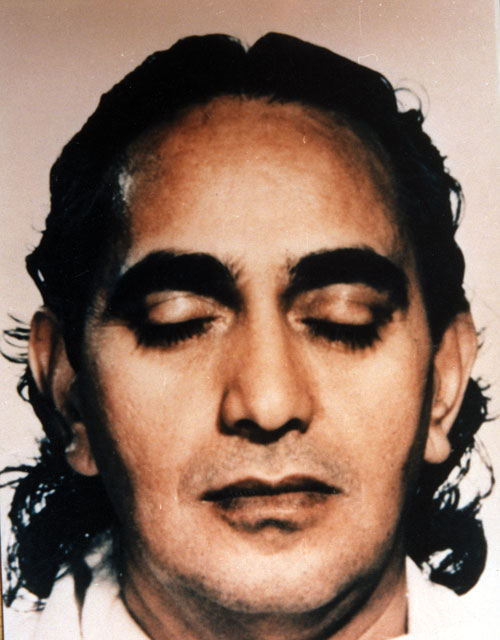Western culture, which has increasingly welcomed and embraced traditions from the East in the last thirty years, has too often understood guru to mean simply a teacher. In the West guru is frequently considered to be merely someone who is trained in philosophy, meditation, and hatha yoga. From this point of view, the guru is expected to share this knowledge with the students, training them in scriptures and various spiritual disciplines. While the western student may become dependent on the teacher and have high expectations about what the teacher should do on behalf of the student, the guru is nonetheless viewed as a teacher only.
In ancient times students received formal education in gurukulas. The students lived with their guru from an early age and were given not only instruction on an intellectual level, but also were guided in spiritual development and in the maintenance of physical health. The guru had a very close relationship with the students and knew their habits and level of inner strength.
In today’s life there is no spiritual environment in which a seeker can fully concentrate on learning the language of silence in order to find inner fulfillment. It is very difficult for the student not to be distracted by the temptations of the external world. Modern education focuses on memorizing facts of the external world, and ignores the growth and development of the inner being. The gurukula system of ancient times is not practical in today’s world, but a more holistic approach to education can be adopted. Such an approach emphasizes spiritual growth along with the development of the intellectual aspects of the mind, and also includes guidance in how to maintain the fitness and health of the physical body. In the Eastern tradition guru is much more than a teacher. He or she represents the special energy that is guiding individuals toward their fulfillment as human beings, toward perfection. Grace is the impulse of that energy.
The word guru is a compound of two words, gu and ru. Gu means darkness and ru means light. That which dispels the darkness of ignorance is called guru. The energy and action of removing darkness are guru. Guru is not a person, it is a force driven by grace.
To put this another way, there is an intelligent momentum that pervades the universe that is moving all human beings toward the perfection we call God. Guru is that intelligence. Everyone’s receptivity to that intelligence varies. It depends on preparation, which includes the development of vairagya or non-attachment, and abhyasa or practice. In other words, guru is always there, but the student may not be ready to receive what the guru has to offer. When the student is prepared, the guru always arrives to help the student do what is necessary to progress in removing the veil of ignorance. It is said that when the wick and oil are properly prepared, the master lights the lamp.
Guru is not a person, but guru can be represented in a person. One who has developed his or her own spiritual awareness to a very high level can guide others, and is considered to be guru. Only one who is finely attuned to the inner guide can inspire the awakening of the inner guide in another. Guru is not a physical being. If a guru begins thinking this power is her or his own, then they are no longer a guide. The guru is a tradition, a stream of knowledge.
In India guru is a sacred word that is used with reverence and is always associated with the highest wisdom. The guru is unique in a person’s life. The relationship between disciple and guru is like no other relationship. It is said that guru is not mother, father, son, or daughter. The guru is not a friend in any conventional sense. It also is sometimes said that the guru is father, mother, son, daughter, and friend all in one, the guru is sun and moon, sky and earth to the disciple.
The truth is that the relationship of guru to disciple is indescribable. The relationship extends to the realm beyond the world, transcends death, and stretches far beyond the limited karmic bonds associated with family and friends. A mother and father help sustain the body of their child, and nurture and guide the child through the formative years of life to adulthood. Guru sustains, nurtures, and guides a soul through lifetimes to ultimate liberation.
Reprinted from Sacred Journey, an HIHT publication.

